I knew Emily Wernet had done a turn back around when I reviewed her comic 'Moonlighting', but other than that I hadn't heard of it or where I could get info. Afterwards I stumbled across Tom Hart's blog, the organizer and teacher of cartooning, which provided me with the names of the night's artists and their spots on the web.
Just as an aside, I have one of Tom Hart's 'Hutch Owen' books and I really dug it, one of my first indie cartoonist books I ever bought.
So I stumbled in with my girlfriend Laura Lee (on our third anniversary, and yes, that's months thank you), grabbed a Baltika, a huge Russian beer that is, and we tried not to stand in the way. I had no idea who was going to come out, but I recognized Alex Robinson in the corner, so I knew this would be good.
(I love Box Office Poison and have a sketch inside my copy, hell yeah.)
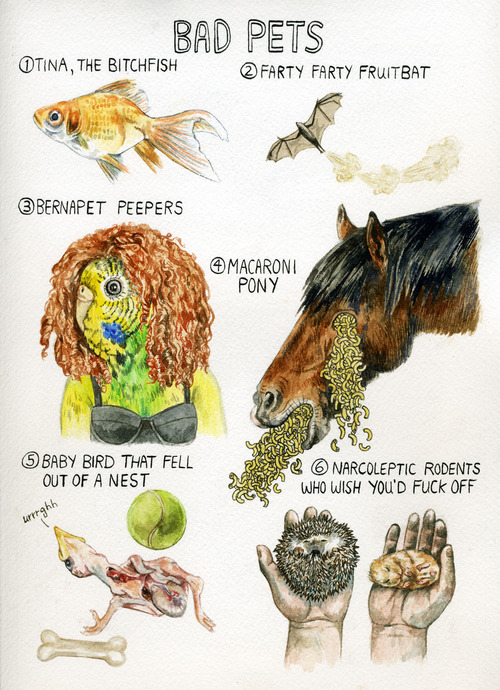
First up came Lisa Hanawalt, who you can meet tonight at Desert Island Comics in Williamsburg as she signs at her launch party for I Want You #2 and her window display at Desert Island.
She warmed up the crowd with her twisted lists from Bad Pets, to Awesome Hats, and How To Tell Martha Stewart's Drunk. Her art style is a wonderfully chaotic balance of fine line illustration and madcap absurdity, bordering on the grotesque at times, though always able to provoke, often into laughter.
Next up was Mike Dawson who was sitting over by Alex Robinson, and I guess that makes sense as they have very similar sensibilities.

He read a selection from his comic Troop 142 which is about as accurate a portrayal of young male life in America as I've seen. It's juvenile and possibly even nonsensical, but absolutely genuine and pure in its delivery of innocence as it lingers for those last few years before being a teenager truly kicks in.
Then there was a brief intermission so we could grab more beers. After we were settled in, then came the closer...Kate Beaton ladies and gentlemen!
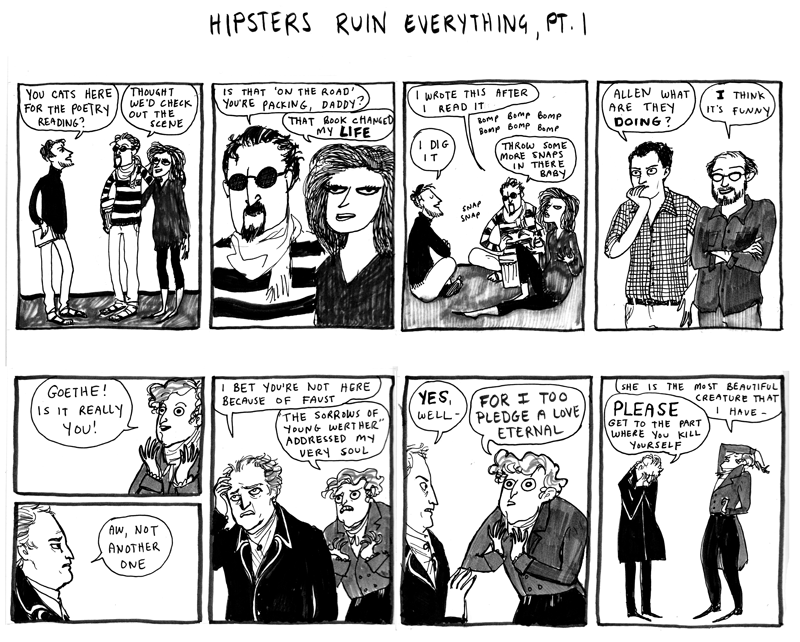
I mean, if there's a cartoonist out there that has more buzz on them besides Kate Beaton, well then point them out dammit! From her Aquaman which has made the rounds on Tumblr, the Gatsby's, the Mystery Solving Teens...I mean, just go to her site and prepare to lose at least an hour as you take it all in. It's consistently funny, in the art style, and delivery of every punchline. You know what's even better than that though? Having Kate herself deliver the lines. Her voice, perfectly gravelly and deadpan as she hits every beat, knowing her strips through and through.
This was definitely a great event that I'd like to see more often than just every three months. Let me see what I can do, maybe wrestle up a venue, certainly know enough artists that'll show their work. Hmmmm...
In the meantime, check out these artists, as all are very top notch indie creators, and come swing by Desert Island tonight and say hello.
K
Lisa Hanawalt
Mike Dawson
Kate Beaton


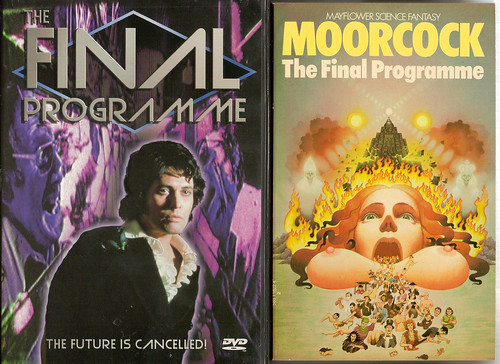

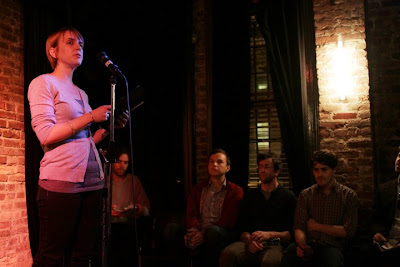
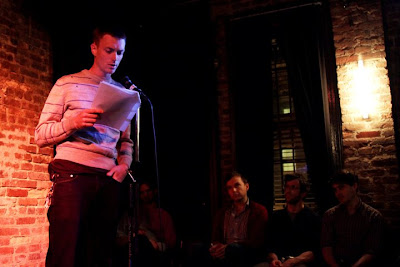

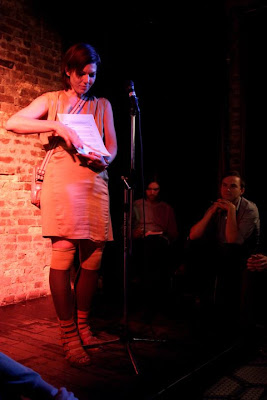

 Point yer podcatcher here!
Point yer podcatcher here!